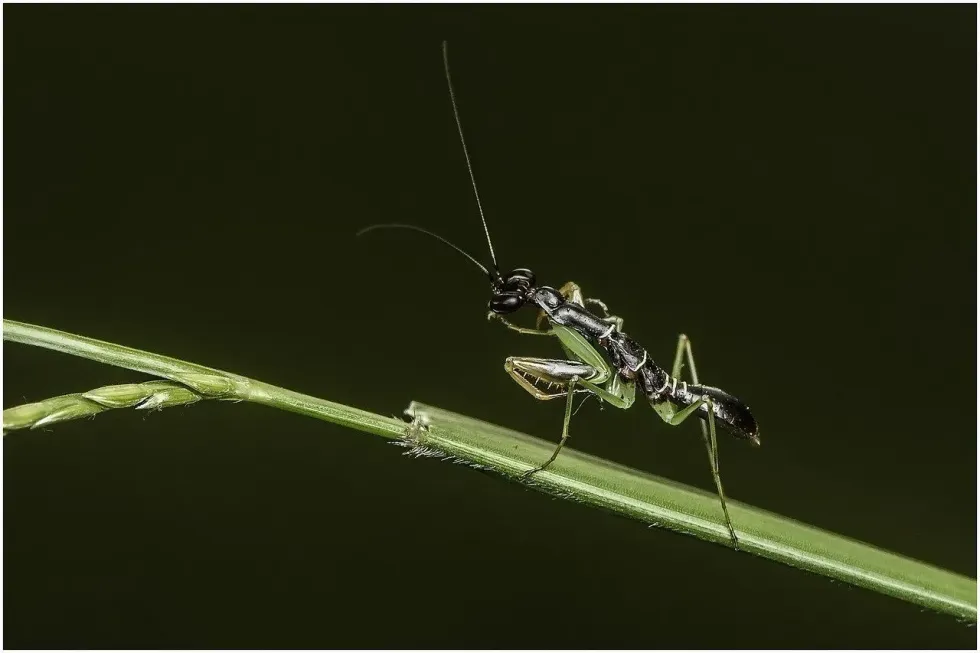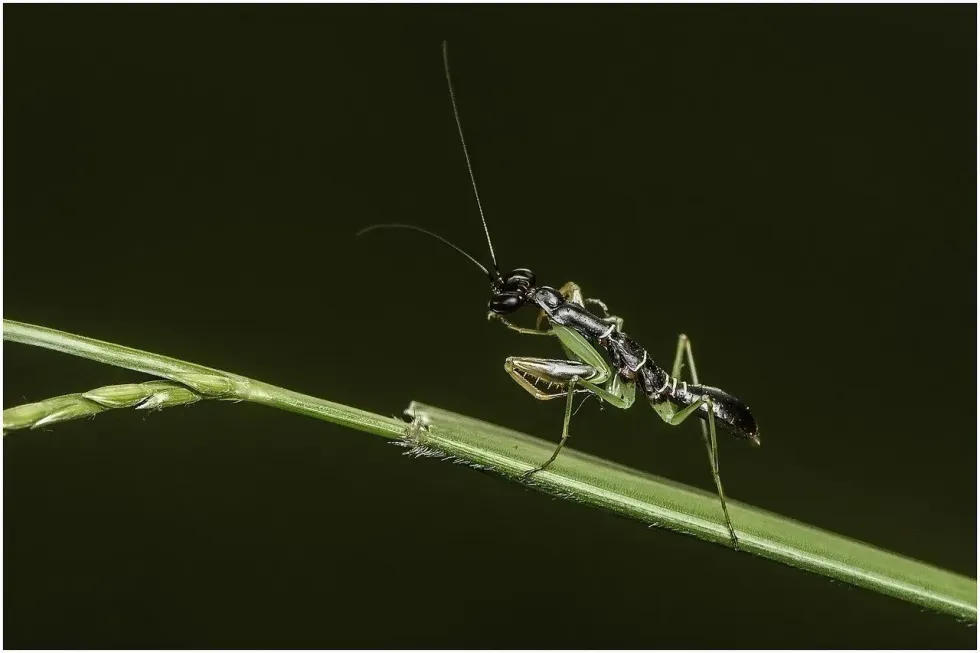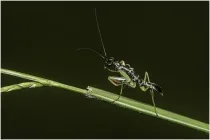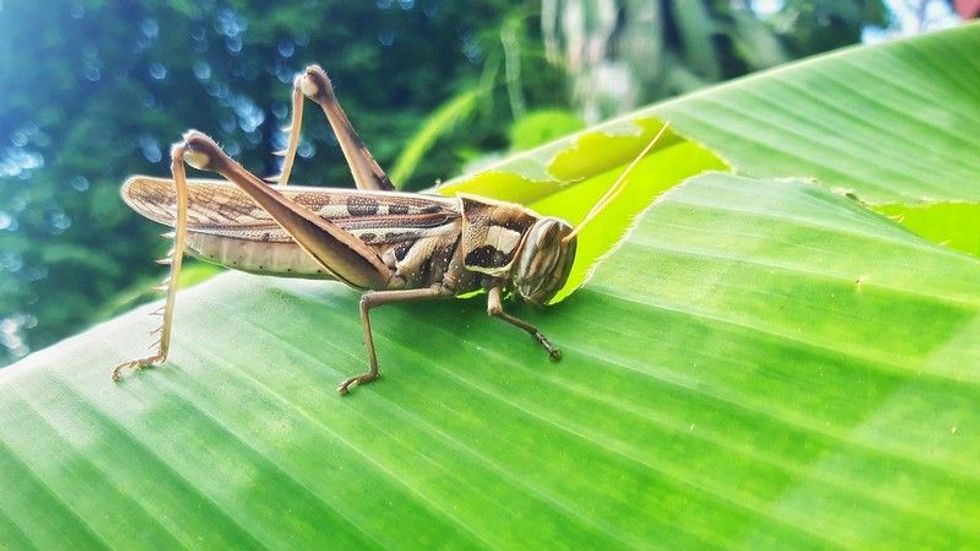We have seen many insects referred to as flies like dragonflies, butterflies, bees, and fireflies.
The insects who come under the order Diptera are the only true flies. A butterfly comes under the order Lepidoptera.
Bugs have proved to be arthropods with maximum success. There are more species within the class Insecta than in any other group. These various animals have covered all of the environments on the planet except frozen polar environments, which have the lowest temperatures and the highest altitudes, and the regions next to extremely hot volcanoes.
The insect is a simple invertebrate which means they are animals without backbones but have wings. The wings are basically the outgrowth of the exoskeleton and are made up of a cuticle. These pests cannot repair their wings once damaged.
Much of their ability comes from their capacity to fly and colonize new habitats. Adult insects are known as imago. Some insects are plant-eaters; others prey on small animals.
When most people see an infestation of insects, they look for pest control services.
Here, reading further, you'll find facts about insects, insect legs, insect body parts, and more things about insect anatomy.
After reading the content of this page to understand all about groups of insects, do read about how many legs do ladybugs have and how many legs do cockroaches have?
What do insects' legs look like?
The smallest species that we all are aware of are insects. Insects have segmented bodies, and this body structure helps them to be differentiated from others.
They have a body that is divided into three main parts, namely the head, thorax, and abdomen. This species has an external shell, i.e., the exoskeleton, which helps them to protect their body organs which are comparatively soft. They do not have any internal skeleton.
Coming to the topic of their legs, insects have six legs in general. Caterpillars are an exception to this characteristic as they have 'prolegs.'
This is because they are the immature form of insects. The legs of the insect of the adult and larvae are joined together and consist of five parts, namely coxa, trochanter, femur, tibia, and tarsus.
The last part of the legs, as in the tarsus, is farthest from the body of the insects which ends with a typically structured claw.
There are other few segments of tarsus terminally attached to the structure, which is also called pretarsus; these include the following: a pair of claws of the insects called ungues; arolium, or a lobe or an adhesive pad-like structure between the claws; empodium, or a large bristle between the claws; empodium, or a pair of adhesive pads.
Further, these structures of legs are jointed appendages that consist of three pairs, each for a thoracic segment. There are other names that can substitute the name of 'forelegs'; they are prothoracic, midlegs mesothoracic, and hind-legs metathoracic.
How many legs does an average insect have?
Insects come in many varieties, but in common, they and their relatives are called hexapods. Thus insects have six legs connected to the thorax, and these have five components each.
From the top of the body, the segments come in the following order: coxa, trochanter, femur tibia, and tarsus. Each of these parts has three segments except for the tarsus, which has three to seven segments, and each of these segments is called a tarsomere.
The thorax holds the head, legs, wings, and abdomen together. The thorax is highly adapted for locomotion. While the other important part, i.e., the abdomen, consists mainly of the reproductive and digestive organs. The sides of the thorax and the abdomen have tiny openings on their surface referred to as spiracles through which they take in oxygen.
All insects, regardless of them having legs that are disguised or fake, all have three pairs of legs. There are insects and arthropods that modify their legs to turn them into four instead of six for actively performing activities like predation, burrowing, jumping, and sensing.
Legs Variation In Different Insect Species

Insects are highly adjusted to various kinds of habitats, and they, for this reason, showcase a huge variety of systems that permit them to stay in such a number of unique places. Unique bugs have unique types of legs that support their lifestyle and the kind of habitat they stay in.
Cursorial is basically an elaborate term for running, so those are the sorts of legs you spot on rapidly moving insects like roaches and tiger beetles. Cursorial legs tend to be lengthy and slim and thus are designed so that the insect can walk very fast.
Everyone has come across jumping legs for sure. These are also known as saltatorial legs. Grasshoppers come under the group of insects with saltatorial legs. However, different leaping bugs like fleas also have them.
Saltatorial legs work nicely for leaping because they may be enlarged as they are bulky and have robust muscle tissues. These muscle tissues permit them to perform this kind of leg jump, propelling themselves to cover very long distances very fast. Saltatorial legs are commonly hind legs.
Raptorial legs are also called hunting legs, as these sorts of legs can be spotted on predatory insects like mantids and massive water bugs. Most of the time, any insects who have raptorial legs hold them out in front of their bodies so that these animals can strike at their prey any time.
Natatorial legs are mainly flattened and broad and have dense hairs on them. These diversifications have an equal form of impact as human sporting flippers while they swim; as the divers kick, the surface area of the legs increases. It is a similar case in these insects too. The kick permits them to move very easily in water.
Insects having fossorial legs stay underground and use their incredibly modified legs, commonly the forelegs, to dig their burrows. Fossorial legs are similar to shovels, thus helping in tearing soil aside very fast and effortlessly, thus permitting the insect to bury itself within the ground pretty fast.
How many antennae do insects have?
Insects don't have noses, but that doesn't mean they don't smell things. Different olfactory sensors are present, which help them to smell.
The head capsule bears most of the main sensory organs, including the antennae. They also have got tiny little brains inside the head. Antennae are linked to the primary one or two segments of the head of the arthropod.
Most insects have a pair of antennae located on their head. These animals use their antennae to sense touch and scent around them. Adult insects and insects which are immature have three pairs of legs that are connected to the thorax, which is the center segment of the body.
Insect antenna typically has three main segments, which are the scape or scapus or the base, the pedicel or pedicellus (i.e., the stem), and thirdly the flagellum, which frequently accommodates many units called flagellomeres. Antennae are the number one olfactory sensors of insects and are, as a result, well-prepared with a huge style of sensilla.
Animals are subdivided into various phylum. Insects are considered the most diverse and successful group of animals on earth that co-exist with humans. These arthropods are under the phylum Arthropoda. More than 1,000,000 insect species have been identified all over the world. Each insect species produce eggs that are both physically and genetically unique.
The best way to get rid of groups of insects is to use pest control whenever you see them.
Here at Kidadl, we have carefully created lots of interesting family-friendly facts for everyone to enjoy! If you liked our suggestions for 'How many legs do butterflies have?' then why not take a look at 'How many legs do spiders have?', or 'Red ant facts.'









